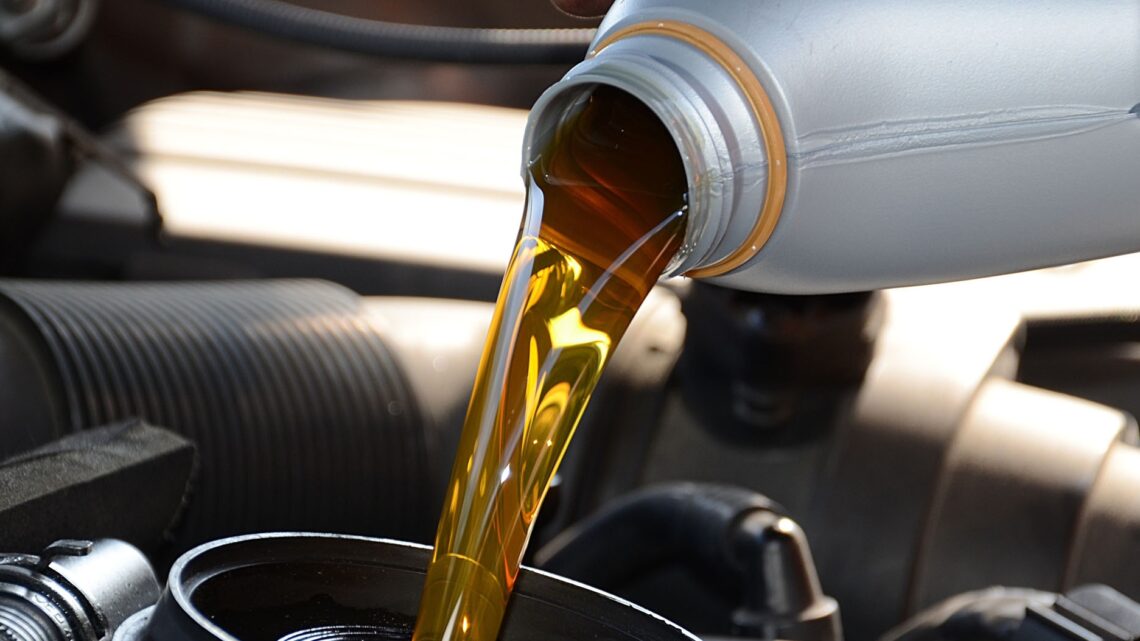
Motor oils are derived from petroleum-based and non-petroleum-synthesized chemical compounds. Most motor oils are made from a heavier, thicker petroleum hydrocarbon base stock derived from crude oil, with additives to improve certain properties. The bulk of typical motor oil consists of hydrocarbons with between 18 and 34 carbon atoms per molecule. Motor oil is oil used for lubrication of various internal combustion engines. The main function is to lubricate moving parts. Motor oil also cleans, inhibits corrosion, improves sealing, and cools the engine by carrying heat away from moving parts. Motor oils are today mainly blended by using base oils composed of hydrocarbons (mineral, polyalphaolefins, polyinternal olefins), thus organic compounds consisting entirely of carbon and hydrogen. The base oils of some high-performance motor oils contain up to 20% of esters.
The Society of Automotive Engineers (SAE) has established a numerical code system for grading motor oils according to their viscosity characteristics. SAE viscosity grade includes the following, from low to high viscosity: 0, 5, 10, 15, 20, 25, 30, 40, 50 or 60. The numbers 0, 5, 10, 15 and 25 are suffixed with the letter W, designating their “winter” (not “weight”) or cold-start viscosity, at lower temperature. The number 20 comes with or without a W, depending on whether it is being used to denote a cold or hot viscosity grade.